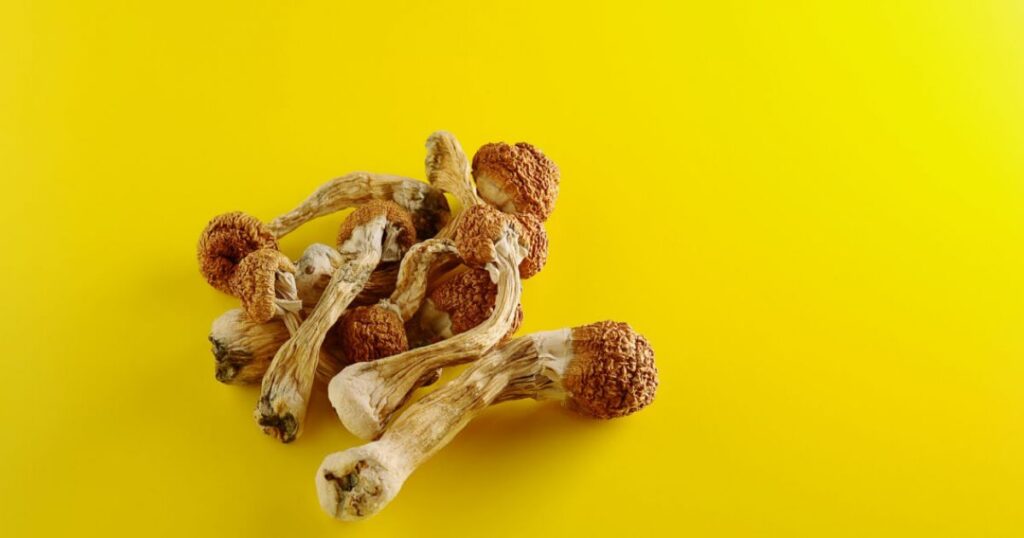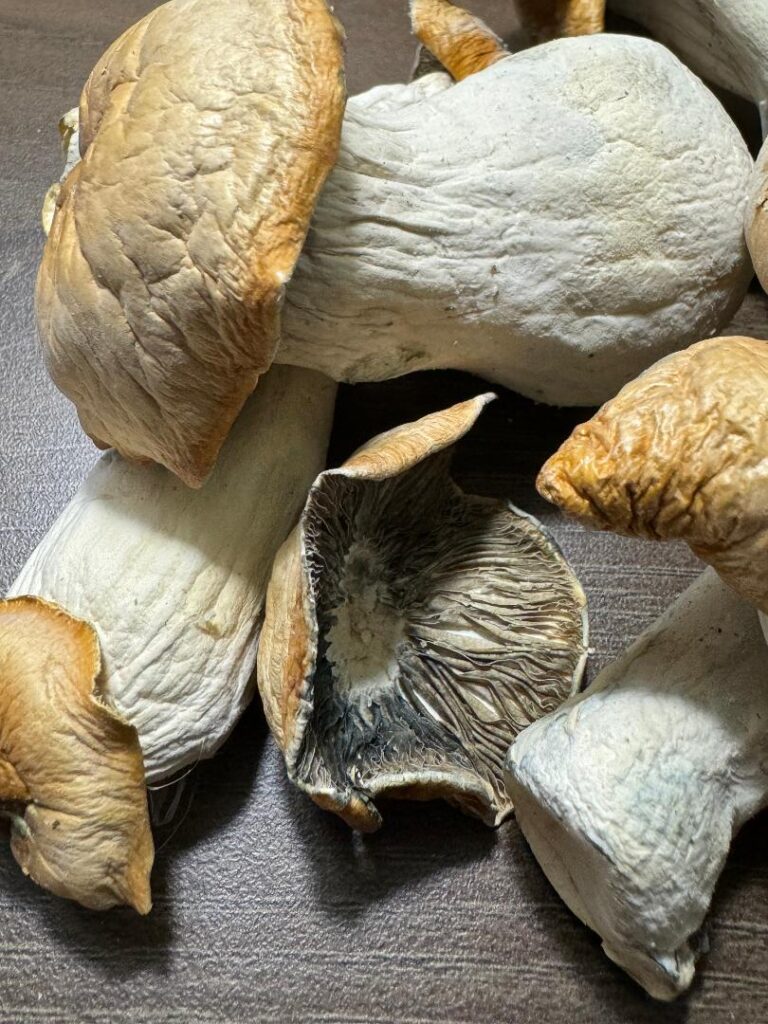
HEMPEARTH How does a modest little mushroom change the brain so completely? Read about the weird secrets of shrooms.
1. Mushrooms hyper connect the brain
The compounds in the psilocybin mushrooms may give users a “mind-blowing” feeling, but in fact, the psychedelic does the opposite – psilocybin actually increases brain connectivity, according to an October 2014 study. Researchers asked 15 volunteers to undergo a brain scan by a functional magnetic resonance imaging (fMRI) machine.
They did this once after taking a dose of magic mushrooms and once after taking a placebo. The resulting brain connectivity maps showed that while under the influence of the drug, the brain synchronizes activity between areas that would not normally be connected. This change in activity may explain the dreamy state that shroom users report experiencing after taking the mushroom, the researchers said.
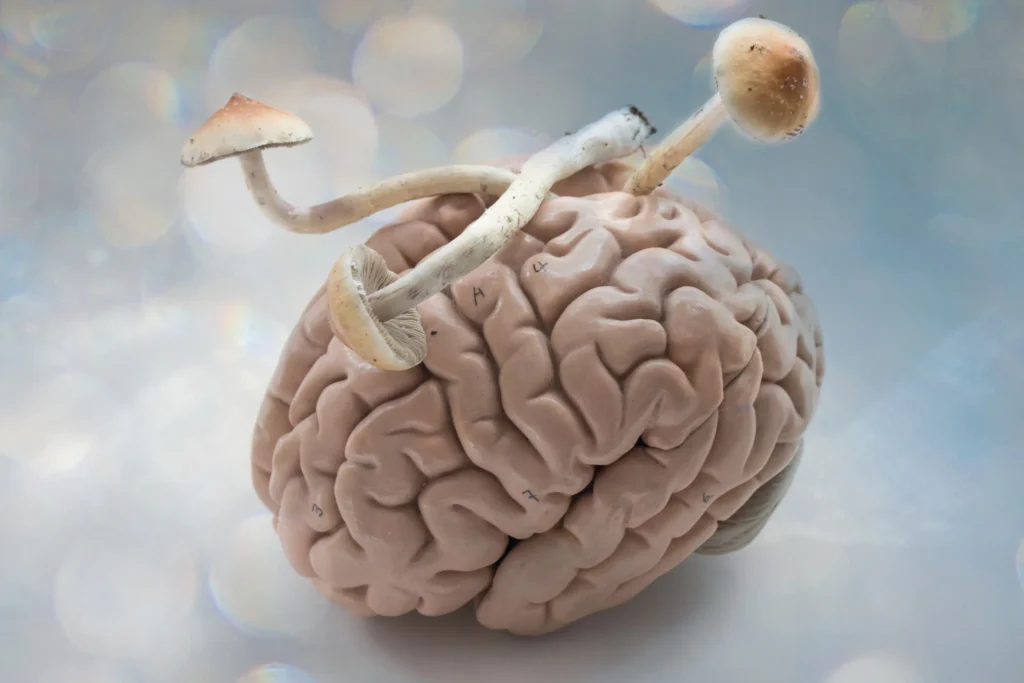
2. They can slow down brain activity
Psilocybin works by binding to the neurotransmitter serotonin receptors. Although it is not clear exactly how this connection affects the brain, studies have found that m has other effects related to brain communication in addition to increasing synchrony.
In one study, brain imaging of volunteers who received psilocybin revealed reduced activity in information transfer areas such as the thalamus, a structure deep in the middle of the brain. Slowing down activity in areas such as the thalamus may allow information to travel more freely throughout the brain because that region is a gateway that typically restricts connections.
3. Magic mushrooms go way back
Central Americans were using psilocybin mushrooms before Europeans landed on the shores of the New World; fantastic fungi grow well in subtropical and tropical environments. But how far did people trip on the magic mushroom?
It’s not that easy to answer this question, but a paper dated 1992 in the short-lived journal Integration: Journal of Mind-Moving Plants and Culture argued that rock art in the Sahara dating back 9,000 years characterizes hallucinogenic mushrooms. The art in question shows some masked people holding shroom-like objects. Other drawings show mushrooms positioned behind anthropomorphic figures – perhaps a sign of the fact that the mushrooms grow in the dung. (Mushroom figures have also been interpreted as flowers, arrows, or other plant material, however, it remains an open question whether people living in ancient Sahara used mushrooms).
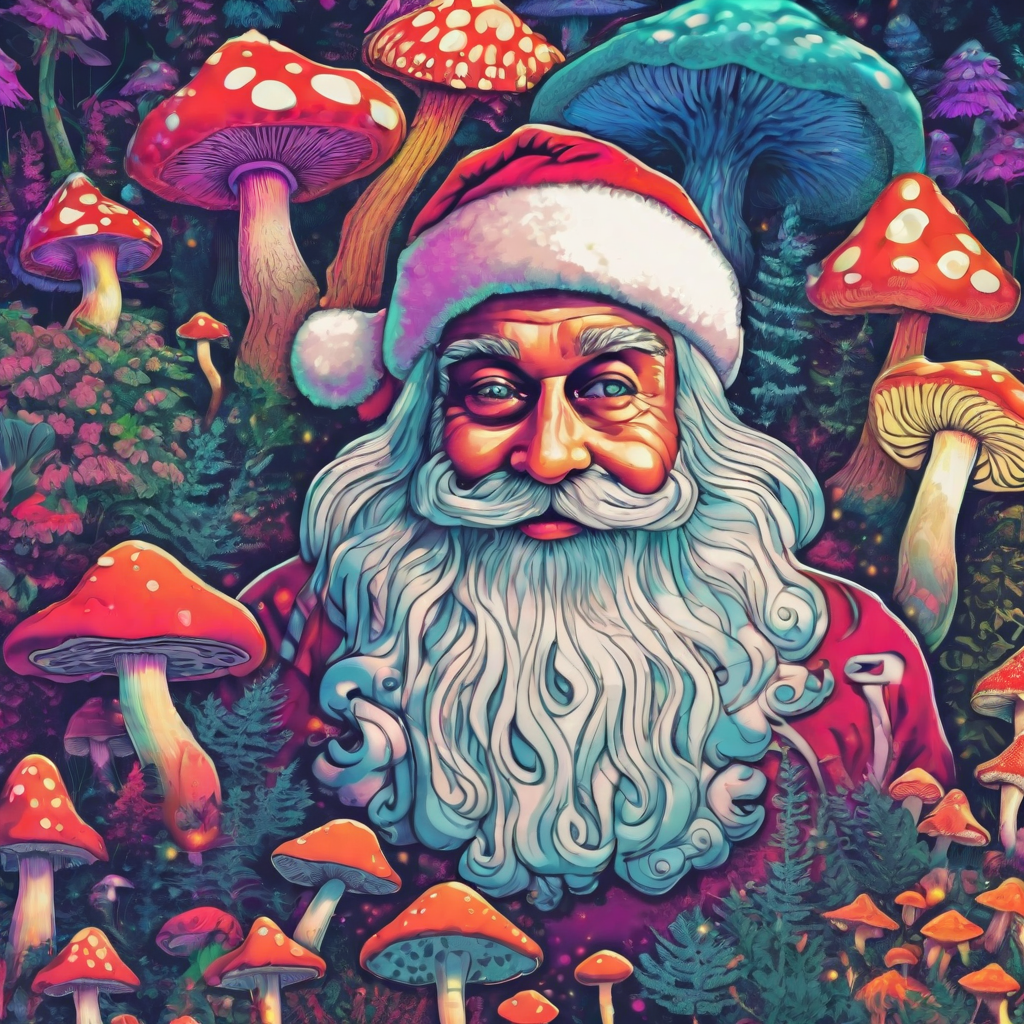
4. Magic mushrooms explain Santa …?
For the theme of the myth, settle for a less innocent Christmas joy tale. According to anthropologists , the magic mushrooms explain why children wait for a flying elf to bring them presents on December 25th.
Siberian shamans brought gifts of hallucinogenic mushrooms to the family every winter. The winds were the “spiritual animals” of these shamans, and taking mushrooms could simply convince a member of the hallucinatory tribe that those animals could fly. Plus, Santa’s red and white suit looks suspiciously like the colors of the Amanita muscaria mushroom species, which grow – wait for it – under evergreen trees. However, this species is toxic to humans.
5. Mushrooms can change people for the better
People describe mushroom trips as extremely profound experiences and report feelings of joy and connection to others and the world around them. These transcendental experiences seem to be delayed. (In the experiments the volunteers were kept safe inside a room with relaxing music and a peaceful environment).
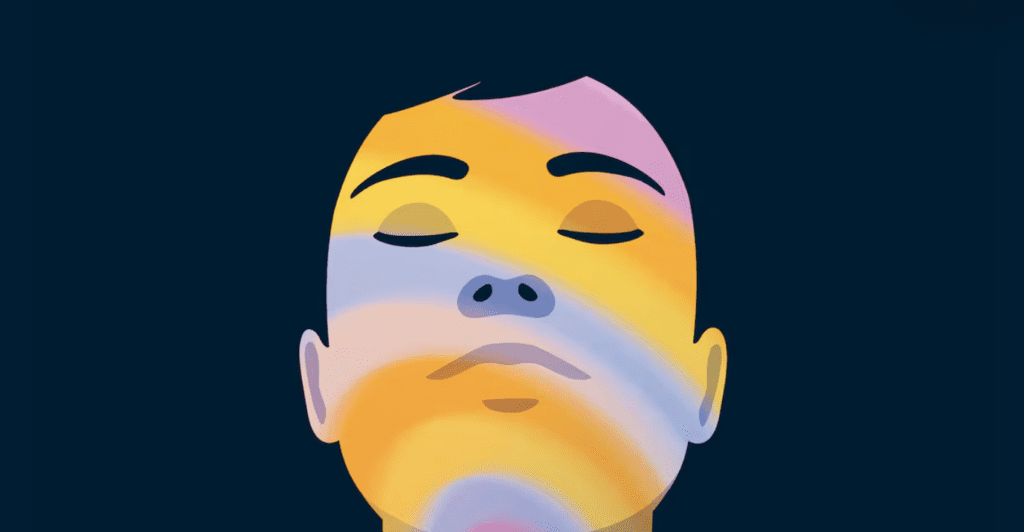
6. Mushrooms kill fear
Another weird side effect of magic mushrooms: They destroy fear. For example, small doses of psilocybin could be explored as a way to cure post-traumatic stress disorder.
7. They make their own wind
Mushrooms do not exist just to lift people up, of course; they have their lives. And part of that life is reproduction. Like other fungi, the fungus reproduces through spores, which travel fresh to find a new place to grow.
But fungi often live in sheltered areas on forest floors, where the wind does not blow. To solve the problem of their spore spreading, some “chambers” (including the hallucinogen Amanita muscaria) create their own odor. To do this, the fungi increase the rate at which water evaporates from their surfaces by placing water vapor in the air immediately around them. This water vapor, along with the cold air created by evaporation, works to lift the spores. Together, these two forces can lift spores up to 4 inches (10 centimeters) above the fungus.
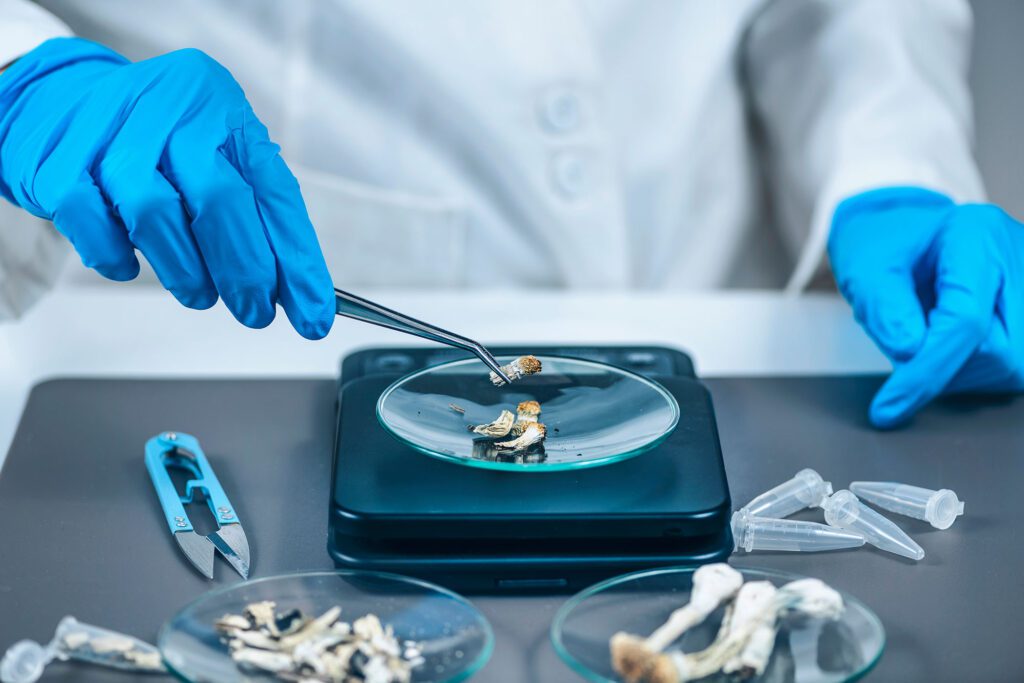
8. Researchers are experimenting with mushrooms
Recently, researchers have begun experimenting with psilocybin as a possible treatment for depression, anxiety, and other mental disorders.
In the past, however, psilocybin and other hallucinogenics were at the center of a thriving research program. During the 1960s, for example, Harvard psychologist Timothy Leary and his colleagues conducted a series of experiments with magical mushrooms called the Harvard Psilocybin Project. Among the most famous was the Chapel Marsh Experiment, in which volunteers were given either psilocybin or a placebo in front of a church service in the chapel. Those who received psilocybin were more likely to report a mystical spiritual experience. A 25-year follow-up in 1991 found that participants who received psilocybin remembered feeling even more unity and holiness than they said they would feel six months after the fact. Many describe the experience as life-changing.
